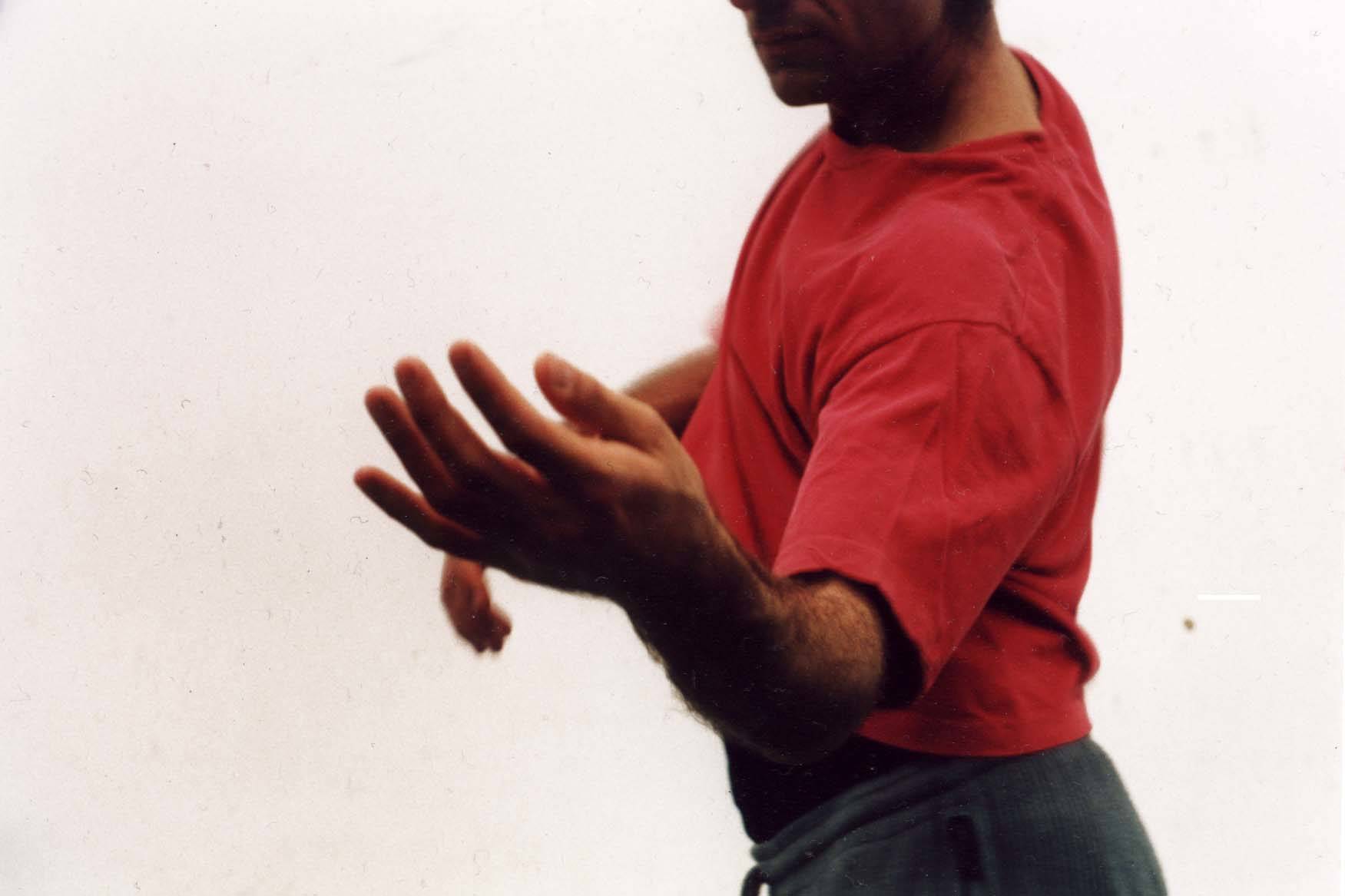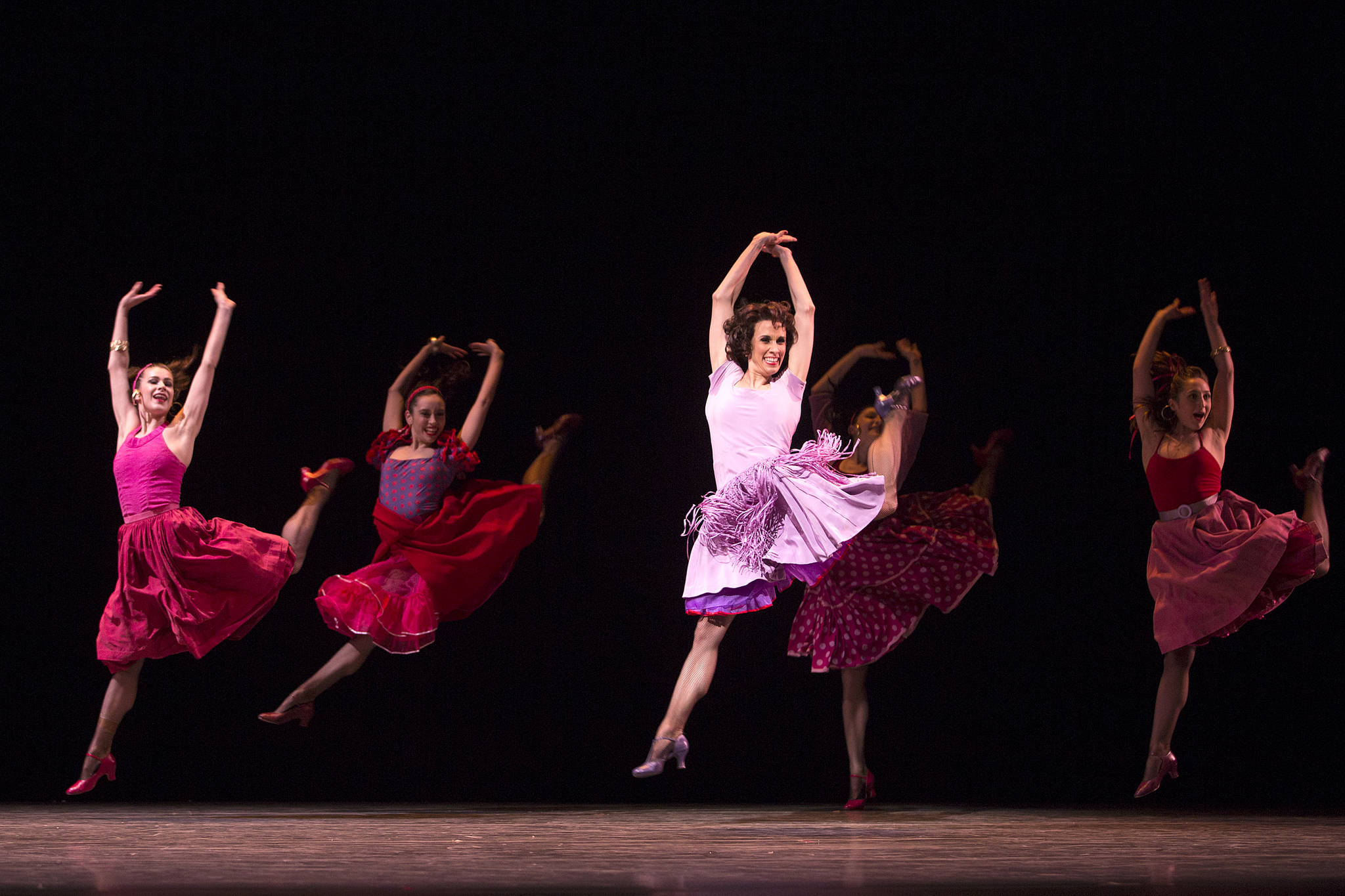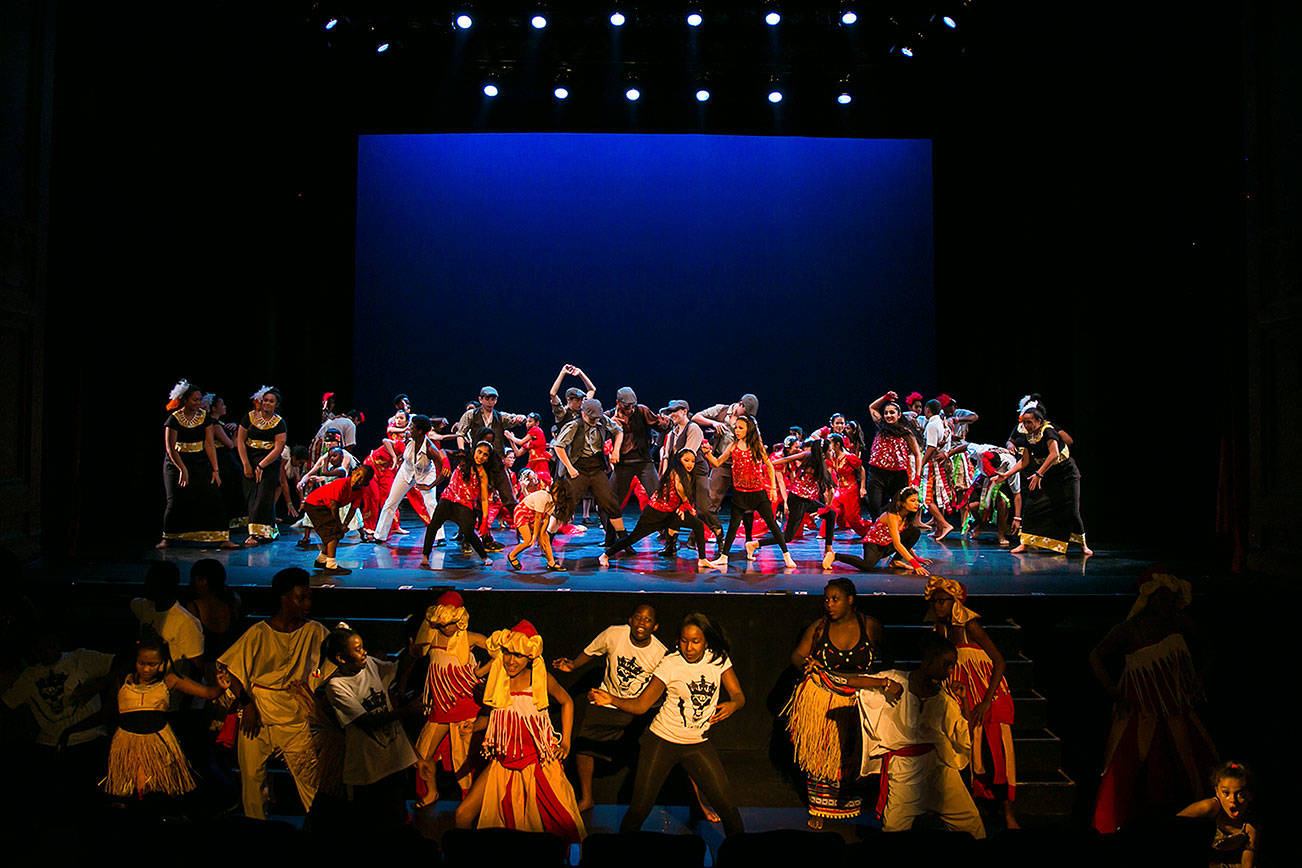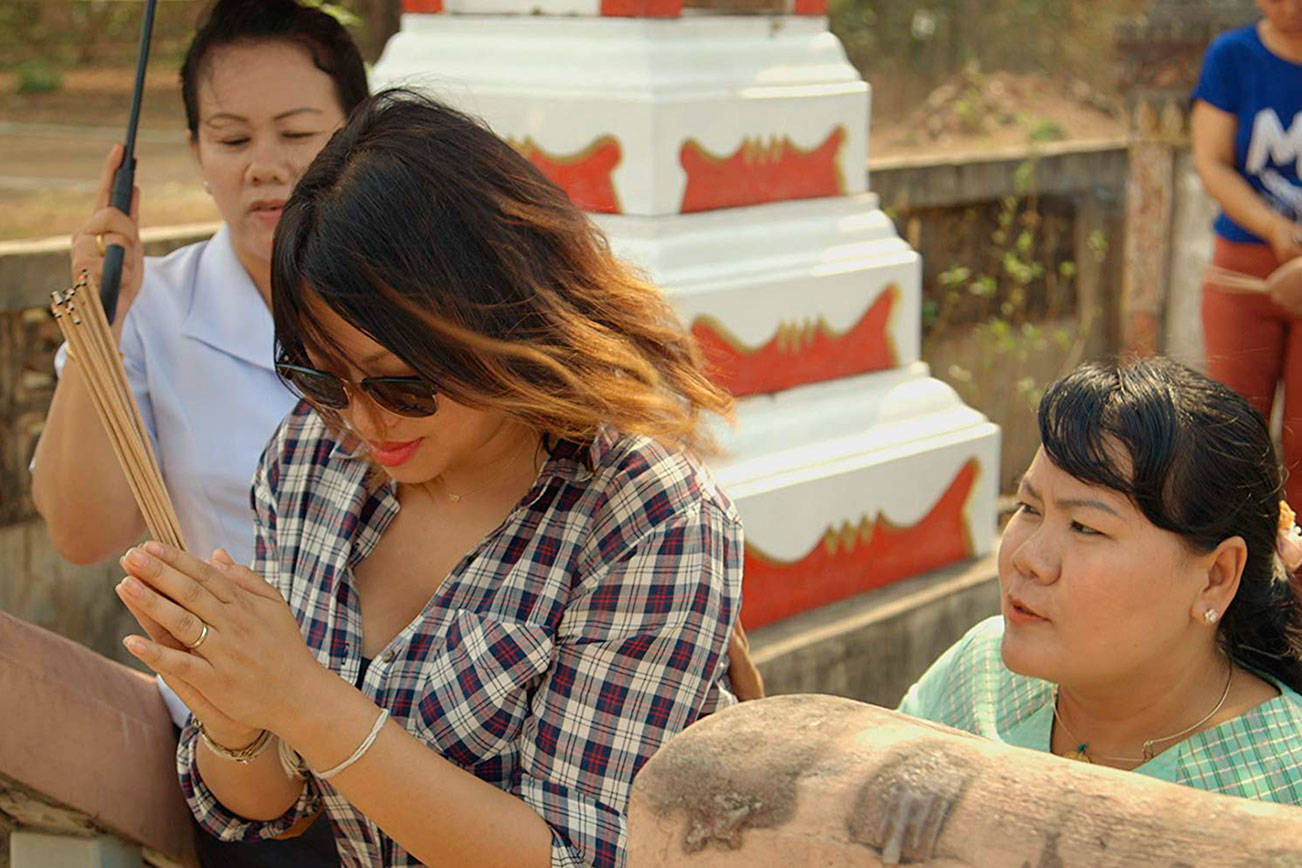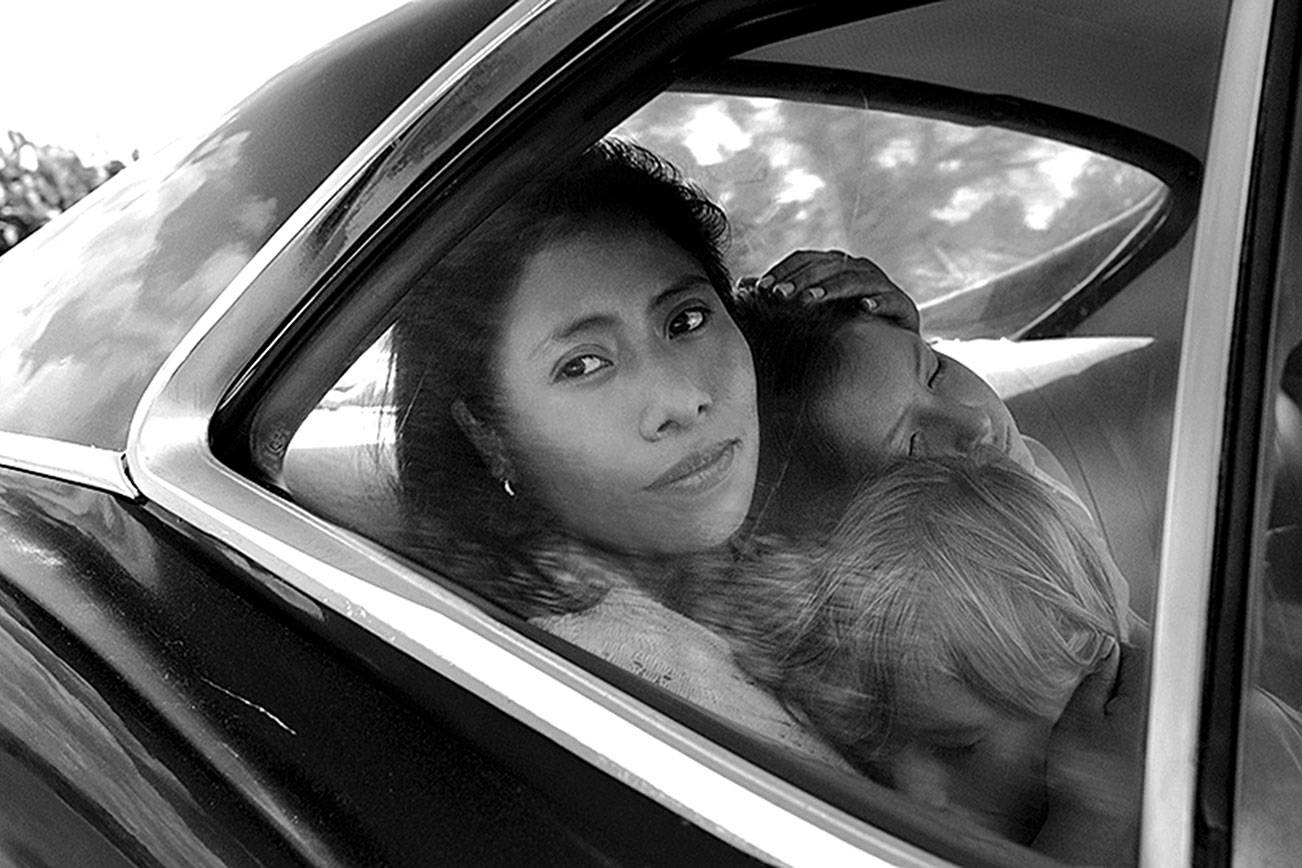EXPERIMENTING with early film technology, Thomas Edison used to invite performers from New York City theaters over to his New Jersey workshop, where he filmed them in excerpts of their work. Among the footage from these afternoon sessions are clips of dancers, a favorite subject of Edison’s—featuring lots of action and no dialogue. Dance film today is far from those early, herky-jerky efforts, but the core elements are the same: human movement revealed, redoubled, or refined by the camera.
NEW DANCE CINEMA
runs November 4-7 at the Little Theater
Presented by WigglyWorld and the dance theater company 33 Fainting Spells, New Dance Cinema is a sampler of current perspectives on the combination of contemporary dance with film and video. The works on the three programs go beyond the Dance in America film-as-documentation aesthetic to a more collaborative relationship between the two arts. The results are not dance as we see it live in the theater, with a single viewpoint and defined edges to the performing space, but movement in a more fluid world, with the camera enhancing the kinesthetic impact of the work—or in some cases creating an entirely new dance.
VIOLENCE AND LYRICISM are intertwined in choreographer Lloyd Newson’s Enter Achilles, a disturbing exploration of male behavior in a London pub and its surrounding neighborhood (originally staged by England’s DV8 Physical Theater). While the movement vocabulary slips in and out of everyday activity—where handing a pint of beer to a friend becomes an elaborate, looping sleight-of-hand—the camera is transformed into an unseen dancer, following the glass in its orbit. Its movement amplifies the roller coaster ride of the dance, adding to our queasiness when horseplay threatens to become fighting.
In The Village Trilogy, choreographer and director Laura Taler has made a dance that could exist only on film, shifting her performers from place to place and sometimes exchanging camera movement for human action. At some points it resembles animation more than it does dance, with the kinesthetic impact coming from the rhythm of the editing.
New Dance Cinema opens with a program devoted to the work of Anne Teresa De Keersmaeker (whose Rosas company was just here last week) that includes a filmed version of her Rosas Danst Rosas. People who saw the work performed here two years ago might be hard-pressed to recognize it in this different incarnation, but as the camera takes us into the structure of the piece, contrasting minute detail with a landscape view, we come away with a visceral response—and that’s at the heart of dance.

